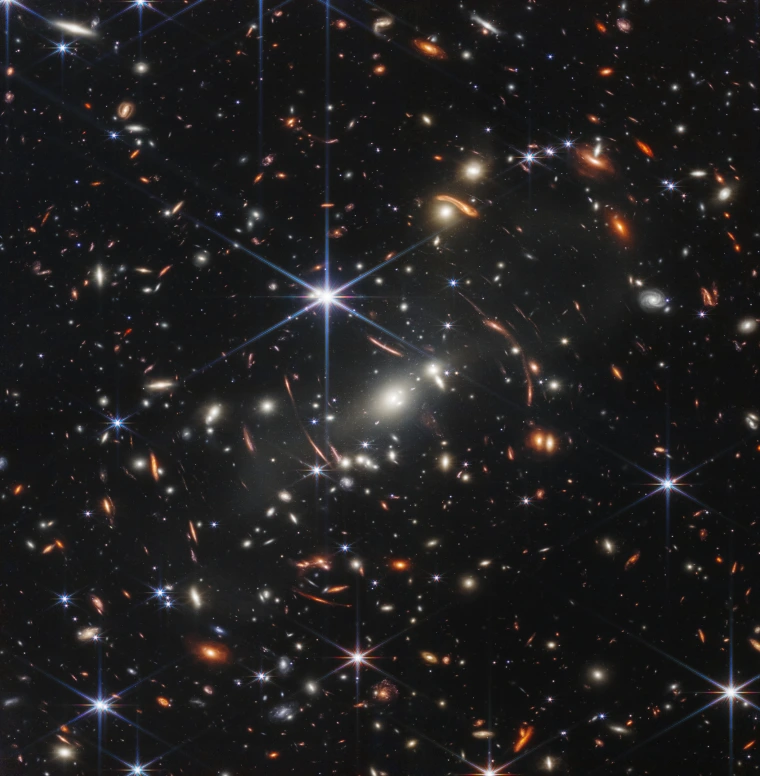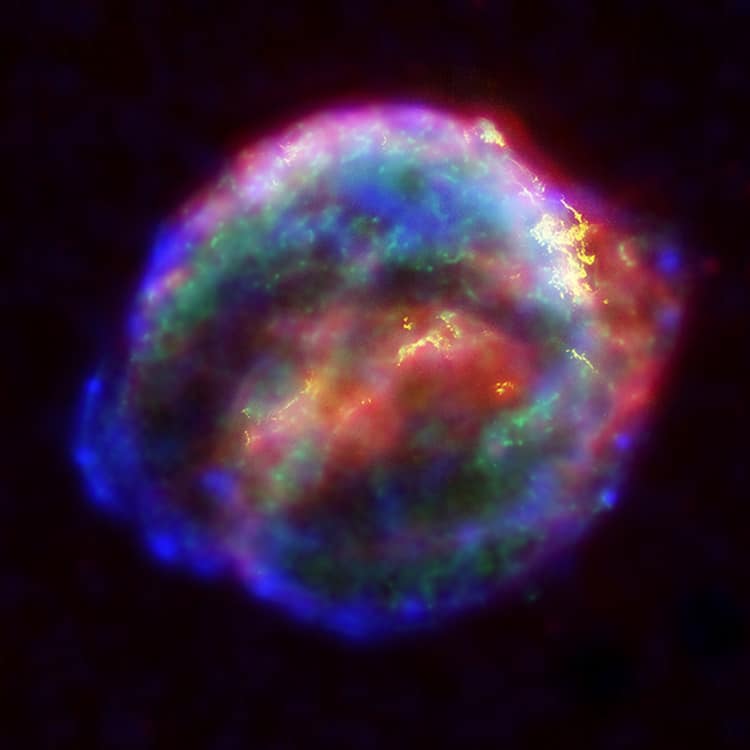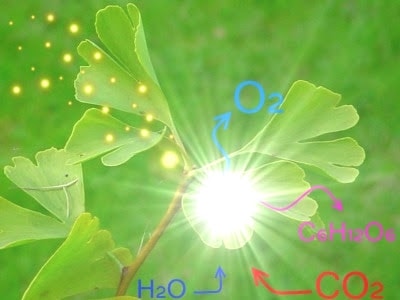A tale to share with children of how the Universe and all living things came to be
Peterborough Examiner – July 15, 2022 – by Drew Monkman
Every culture has its own origin story. They are often elaborate narratives that help explain the mysteries of our existence. “Big History”, however, is an origin story unlike any other. It is based entirely on science – the same science that produced the James Webb Space Telescope which is now sending images of when the very first stars and galaxies formed, 13.5 billion years ago.
The Big History Project was started by Bill Gates and David Christian to enable the global teaching of what they describe as “the attempt to understand, in a unified way, the history of Cosmos, Earth, Life and Humanity.”
This week, I’m offering a greatly simplified version of the Big History story that can be shared with children. Put your storytelling skills to the test, maybe sitting out at night under a starlit sky. Knowing this story can help all of us understand how deeply embedded we are in nature. This can, in turn, be an inspiration to protect the myriad species with which we co-evolved as well as our beleaguered climate.

The story
“I’m going to tell you the most amazing story you’ve ever heard. And, even better, it’s true. The story is based on everything that science has discovered, and science is our best way of knowing what’s true. Let’s begin by looking up at the sky. It’s a big Universe out there. Bigger than you or I can possibly imagine. If you’re like me, you can’t help but wonder how and when all of this began? How is it that we are even here?
This story takes place over 14 billion years, which is an incredibly long time. It would take almost 500 years to count to 14 billion. So, to make this easier, we’re going to imagine that the story is squeezed into one calendar year. In other words, the story begins on January 1.
In the beginning, there was nothing, not even space or time. It’s nearly impossible to imagine, but it’s true. Then, all of a sudden, there was a flash of very bright and very hot light. It was like an explosion, but brighter and more powerful than any explosion you could ever dream of. It was called “The Big Bang” – the time when the Universe was born.
At first, there was only heat and light. But, as the Universe began to cool, clouds of tiny particles called atoms began to form. These were the atoms of hydrogen – the main component of water – and helium – the gas we use in party balloons that float on air. Eventually, gravity started compacting these clouds of atoms. The temperature at the centre of each cloud grew higher and higher until, suddenly, there was a huge release of energy and Bam! – we had our first stars. Billions of them. On our calendar, we are in mid-January.
Now, stars are like people; they’re born and eventually die. When a very large star dies, it actually explodes. It’s called a supernova. It becomes so hot and its gravity so strong that the helium and hydrogen atoms are actually squeezed into new kinds of atoms like oxygen, iron, carbon and even gold. Any gold you’ve seen or owned was made in a supernova. So were all the other atoms in your body except hydrogen. These include the iron in your blood and the carbon in your bones. Just think about it. These old stars were actually our ancestors. They had to exist so that we could be here. We are made of their dust – stardust!
All of these different kinds of atoms eventually combined to form asteroids, comets and planets. This is how our solar system, and our Earth were formed four and a half billion years ago. We’ve now jumped all the way to early September.

Life appears
As Earth began to cool, rain fell for the first time and gathered into oceans. Beneath these oceans, heat seeped up from inside the Earth allowing atoms to combine in all sorts of new ways. Eventually, some of these combinations were able to make copies of themselves and to form amazing molecules called DNA which can reproduce itself. This is probably how life began. DNA is what our genes are made of, and genes are the recipe to make all living things. It’s now mid-September.
But DNA is not perfect. When it copies itself, mistakes can happen. They can be good, bad or have no effect. A positive effect might give a bird a bigger bill than other members of its species and therefore allow it to survive more easily. This new trait, which will be passed on to its young, can eventually result in whole new species. We call this evolution.
For most of the time of life on Earth, living organisms were very simple. Like present-day bacteria, they were made up of a single cell. Over time, early plant cells evolved the ability to use the sun’s energy to make food through photosynthesis. On our calendar, this happened in late September.
Then, about 700 million years ago (around December 5), living things made up of many cells began to appear. In the oceans, animals such as jellyfish emerged. The first ancestors of insects appeared in mid-December, followed by the first fish. By December 20, the first plants had moved onto the land when algae (seaweed) evolved ways to survive outside of water. After more changes in their DNA, some of these plants became trees resembling giant ferns.

Photosynthesis is the process by which plants use sunlight, water, and carbon dioxide to create oxygen and energy in the form of sugar.
On December 21, the first true insects appeared. Some, like dragonflies, have hardly changed since. Amphibians, like salamanders, evolved from fish that had developed the ability to crawl out of the water and breathe air. Next, reptiles such as turtles appeared on the scene and, by Christmas day, the first dinosaurs. The first mammals and birds showed up on December 26 and lived alongside the dinosaurs. Remember, a bird is actually a kind of dinosaur! The following day, December 28, the first plants with flowers developed.
Occasionally, there were disasters. Sixty-five million years ago (December 30 at 6 am), a 10-kilometre-wide asteroid smashed into the Earth and caused winter-like conditions over the entire planet. The dinosaurs were wiped out. Some mammals and birds, however, managed to survive and to flourish in the habitats left empty by the dinosaurs. They eventually evolved into the many species we see today.
The first humans
By December 30, some of these mammals had evolved into primates that lived in trees and had fingers and toes to hold onto branches. One group of primates, probably looking like today’s chimpanzees, learned to walk upright. These were the first primitive humans. They appeared on New Year’s Eve at about 10 pm!
Because of changes in DNA, humans evolved much larger brains. They developed language and became much better at learning, remembering and passing on information to the next generation. They also adopted wolves, which became the dogs we know today. By eight minutes before midnight, these early humans looked almost identical to us.
About 70,000 years ago, some humans left the plains of Africa and began migrating to new continents like Europe, Asia and North America. Each migration involved learning new ways of dealing with their surroundings.
Then, just 10,000 years ago (18 seconds before midnight) humans learned to farm. With all the food they were able to produce, the human populations got much larger. Different groups of humans became more connected to each other. Written language was invented, and humans learned to read. At just two seconds before midnight, Christopher Columbus traveled to the Americas.
In the last second of the year, all of modern history has taken place. With cars, airplanes, television, phones and now the Internet, humans are more connected than ever. This has allowed us to learn faster than ever, too.
And, in the last 200 years, something else has happened. We stumbled on a cheap, incredibly powerful source of energy called fossil fuels – coal, gas and oil. Fossil fuels and connected learning together explain the modern world we see around us. At the same time, however, burning fossil fuels is damaging our climate.
So, here we are today. It’s been an incredibly long journey. Don’t you feel lucky to be here and to know the true story of how everything – including you and me – came to be? Where the story goes from here is largely up to us. How will you help?”
More information can be found at bighistoryproject.com. A previous version of this column appeared on June 15, 2017.